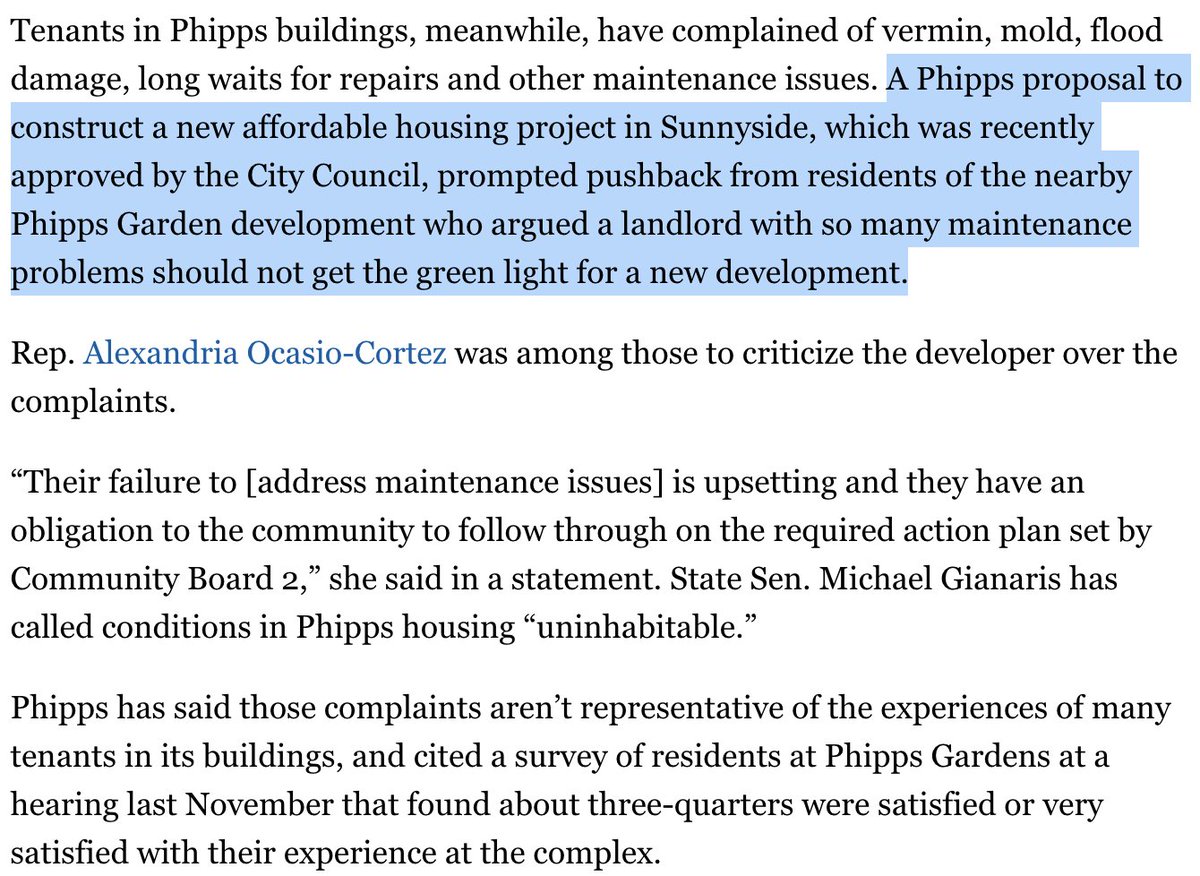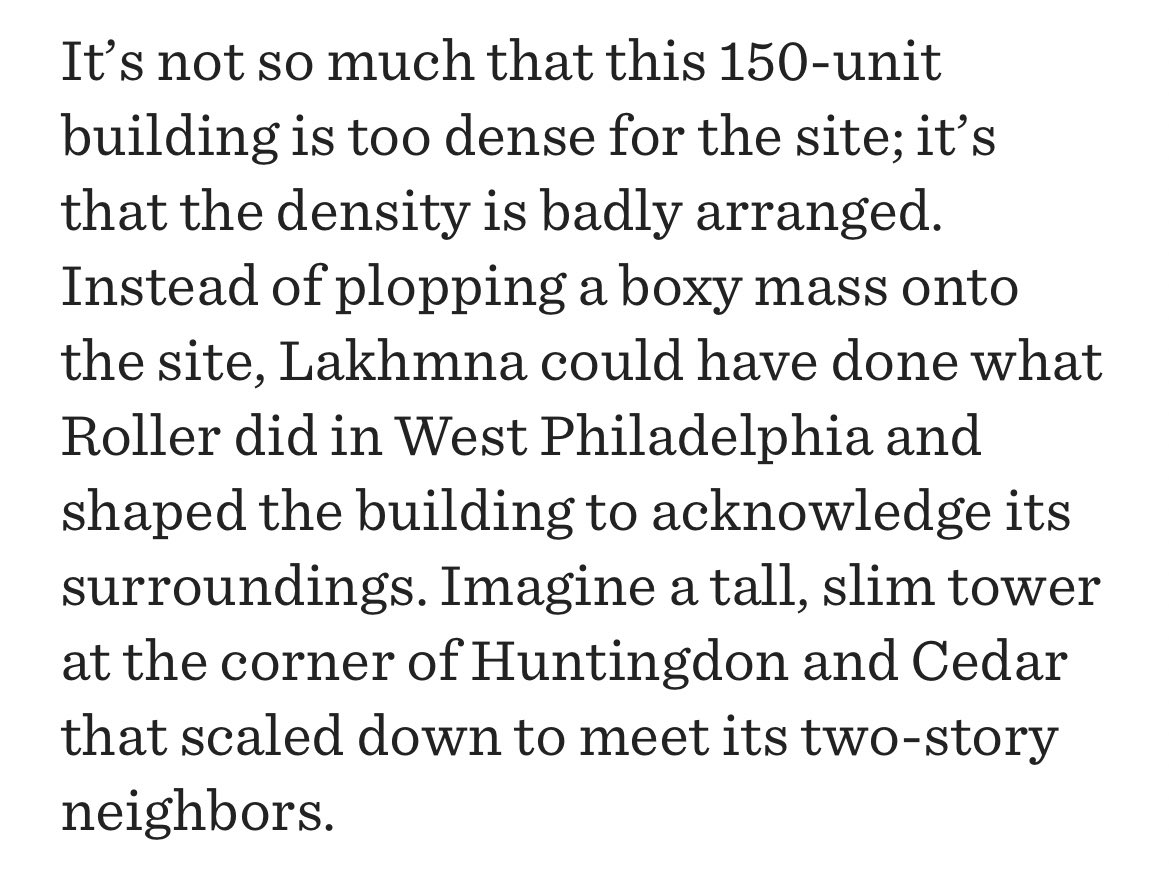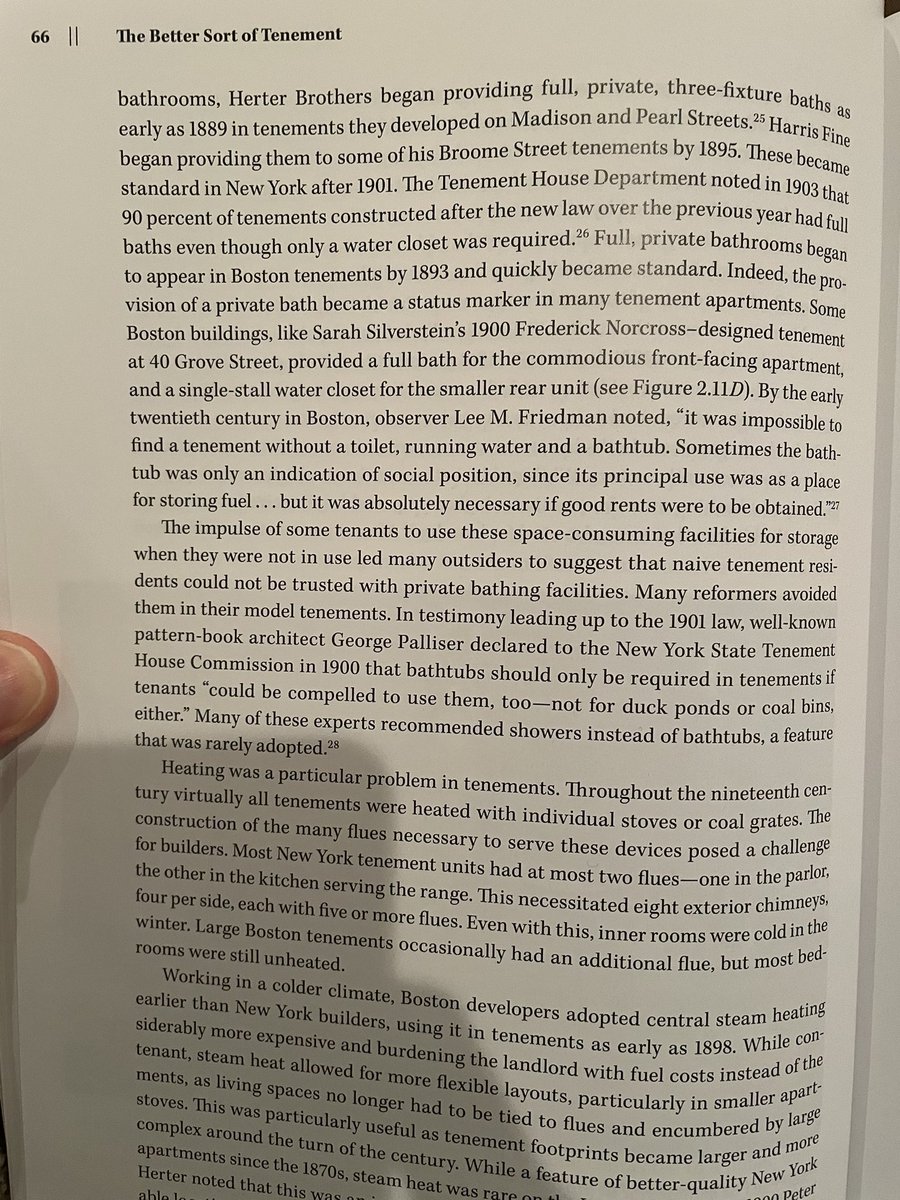
The city could encourage this by allowing developers to fully deduct package rooms from zoned floor area (great idea!). But without that, it drives up the cost of housing by forcing developers to use buildable land for package storage rather than housing @ReynosoBrooklyn
https://twitter.com/danrivoli/status/1389969877134413827
Allowing more FAR deductions (hallways!) would allow more housing while flying under NIMBYs’ radar. Nobody looks that closely at the zoning code...we could have larger and more livable apartments – and, for big sites, more of them – if hallways didn’t count as zoning floor area
There is precedent for this: one of the ways that the Japanese national government liberalized zoning in the 1990s was to exclude hallways, elevators, and other common areas from zoned floor area calculations researchgate.net/figure/Success…
The NYC Zoning Resolution already allows you to do this, but weakly – only half the floor area can be deducted, and certain conditions apply fontanarchitecture.com/quality-housin… 

• • •
Missing some Tweet in this thread? You can try to
force a refresh












